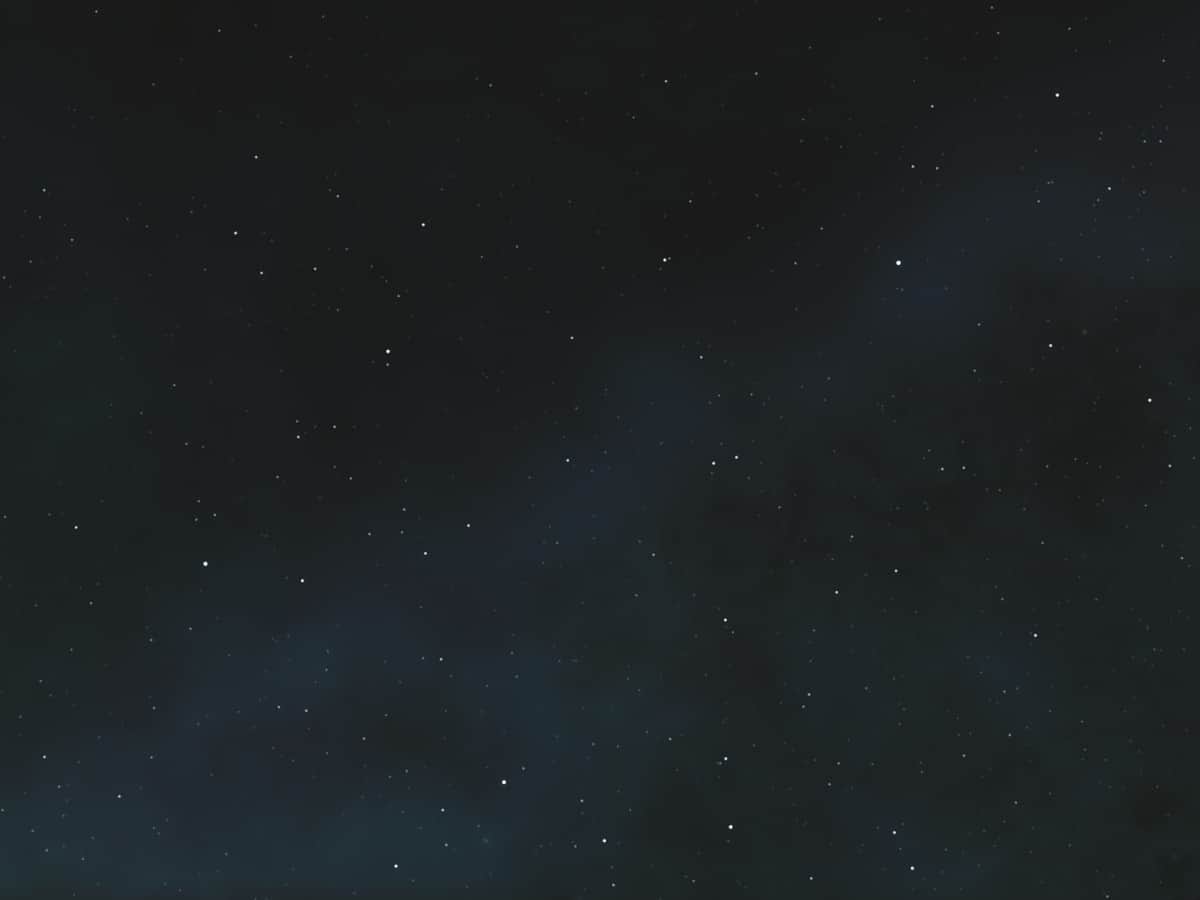
The very popular song “Lakhon Taare Aasmaan Mein, Ek Magar Dhoonde Na Mila” (lakhs of stars are in the sky but not one is found by searching ) from the black and white era film “Hariyali aur Raasta” seems to become apt today when increasing light pollution denudes stars in the sky.
Though the problem is not dominant in India but more in the developed world where skyglow of the lights from New York skyscrapers allow virtually no star gazing, it is slowly becoming a problem in the urban cities India where besides air pollution, light pollution too is becoming an issue.
The growing light pollution is still not recognised very much. Cities are slowly losing out their night skies in India.
While air pollution, water pollution, noise pollution, land pollution is being tackled for past sometime nothing much seems to be done about light pollution.
Scientists dealing with light pollution feel that it is as much an environmental problem and should be treated as such.
Light pollution is the excess amount of light in the night sky in urban areas.
Nocturnal animals are particularly disoriented if the distinction between night and day is not clearly demarcated.
At times thinking it is the day they tend to venture out. Their feeding and sleep patterns are affected.
Internationally efforts are being made so that humans do not lose out on their natural heritage of starry skies which have given rise to artwork including poems, music and paintings besides being at the source of much our science and philosophy.
The dark-sky movement is a campaign by people to reduce light pollution. It emphasizes reduction of energy use, normal ecosystem, and preserve the night sky pure for star gazers and scientists.
A starry night sky is slowly becoming something unseen for the new generations. Just looking at the sky packed with stars and letting one’s imagination go wild …. each star a sun …perhaps with number of planets rotating around it like our solar system…. there may be life and civilization, is something of the past.
Looking at the stars exposes us to the awesome enormity of the Universe and makes us humans humble knowing our true position in it.
In the early days of navigation, we depended completely on night-sky to take us to our destination looking at the different fixed constellations of stars on our route.
International Dark Sky Association established the International Dark Sky Places Program in 2001 and more than one hundred Parks, Communities, Reserves, and Sanctuaries have been declared as International Dark Sky Places.
Every year, the Globe at Night an international community science campaign raises awareness about the impact of light pollution by inviting community scientists to measure and submit night sky brightness observations which have been collected through the whole year. They are then compared to measurements from prior years in the same month to provide a comprehensive view of the changes to the night sky quality worldwide.
The international team of 51,351 citizen scientist made observations of naked-eye stellar visibility from 2011 through 2022.
It is alarming that the project has found that light pollution is doubling globally every eight years.
Between 2011 and 2022, global sky brightness increased by an estimated 9.6% per year.
The data was collected through the community science project, NOIRLab’s Globe at Night.
On global level there seems that the policies to control light pollution seems to have little effect.
These observations measure skyglow, the brightening of the night sky. The satellites primarily measure light emitted vertically which say that about 2 per cent global sky brightness increases every year though the
observations of the night sky from the ground where the light is emitted horizontally also the global increase of sky brightness has been 9.6 per cent.
Light pollution is growing at 9.6% per year – doubling in less than eight years.
One of the changes globally has been the loss of darkness at night over much of the planet.
“At this rate of change, a child born in a location where 250 stars were visible would be able to see only about 100 by the time they turned 18,” according to Christopher Kyba, a researcher at the German Research Centre for Geosciences and lead author of the paper detailing these results.
Bright sky at night means we are using energy inefficiently and increasing environmental impacts.

